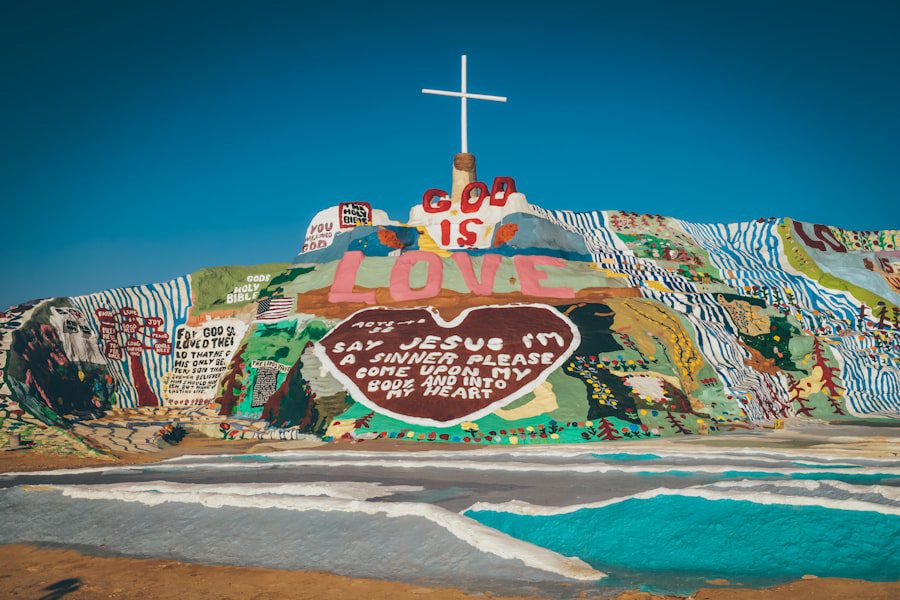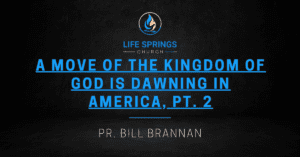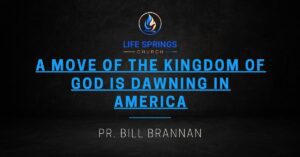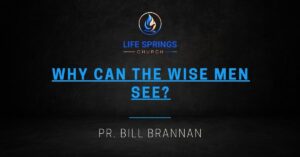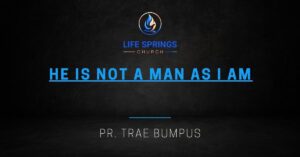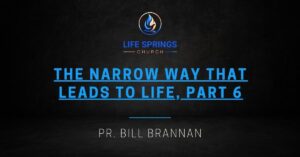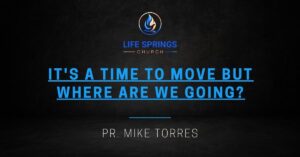The cross, a simple geometric figure, has evolved into one of the most potent symbols in human history. Its significance transcends mere shape; it embodies a multitude of meanings that resonate across cultures and religions. In Christianity, the cross represents the crucifixion of Jesus Christ, serving as a reminder of his suffering and sacrifice for humanity’s sins.
This act of selflessness is central to Christian theology, where the cross symbolizes redemption and the promise of eternal life. Beyond Christianity, the cross has been adopted in various forms by different cultures, often representing the intersection of the divine and the earthly, the spiritual and the material. Moreover, the cross can be seen as a symbol of hope and transformation.
It stands as a testament to the belief that through suffering, one can achieve a greater understanding of life and purpose. The vertical beam signifies the connection between heaven and earth, while the horizontal beam represents human relationships and community. This duality encapsulates the essence of existence: our individual journeys intertwined with collective experiences.
In this way, the cross becomes a powerful emblem of unity, encouraging individuals to seek connection and understanding in a world often marked by division.
Key Takeaways
- The cross symbolizes sacrifice, redemption, and the triumph of good over evil.
- Historically, the cross has been used as a symbol of Christianity and has been associated with various religious and cultural traditions.
- The cross restores hope by representing the ultimate act of love and selflessness.
- The cross provides strength and resilience to those who embrace its symbolism and teachings.
- Forgiveness is a central theme associated with the cross, as it represents the ultimate act of forgiveness and redemption.
The Historical Significance of the Cross
The Ancient Origins of the Cross
For instance, the ancient Egyptians used the ankh, a cross with a loop at the top, as a symbol of life and immortality. Similarly, in pre-Christian Europe, various pagan traditions incorporated crosses into their rituals, signifying fertility, balance, and the cyclical nature of life.
The Adoption of the Cross by Early Christians
The adoption of the cross by early Christians marked a pivotal moment in history. Initially viewed as a symbol of shame and execution, it was transformed into an emblem of faith and hope following the resurrection of Jesus.
The Cross as a Symbol of Christian Identity
The Edict of Milan in 313 AD, which granted religious tolerance to Christians within the Roman Empire, further solidified the cross’s significance. As Christianity spread throughout Europe and beyond, the cross became synonymous with Christian identity, influencing art, architecture, and culture. Cathedrals adorned with intricate crucifixes and stained glass windows depicting biblical scenes became central to community life, reinforcing the cross’s role as a historical and spiritual anchor.
How the Cross Restores Hope
The cross serves as a profound source of hope for countless individuals facing adversity. In moments of despair or uncertainty, many find solace in its symbolism. The narrative surrounding the crucifixion and resurrection of Jesus illustrates that even in the darkest moments, there is potential for renewal and rebirth.
This message resonates deeply with those grappling with personal struggles, loss, or trauma. The idea that suffering can lead to transformation offers a glimmer of hope that encourages individuals to persevere through their challenges. Furthermore, the cross embodies the belief that no situation is beyond redemption.
It invites individuals to reflect on their own lives and consider how they can rise from their circumstances. This transformative power is not limited to religious contexts; it extends into everyday life. People often draw inspiration from stories of resilience where individuals have overcome significant obstacles, paralleling the journey represented by the cross.
In this way, it becomes a universal symbol of hope that transcends cultural boundaries, reminding humanity that even in brokenness, there exists the possibility for healing and renewal.
The Cross as a Source of Strength and Resilience
In times of hardship, many individuals turn to the cross as a source of strength and resilience. The act of bearing one’s own cross—a phrase often used in Christian teachings—encourages believers to embrace their struggles as part of their spiritual journey. This concept emphasizes that challenges are not merely obstacles but opportunities for growth and deeper understanding.
By acknowledging their burdens and seeking strength through faith, individuals can cultivate resilience that empowers them to navigate life’s trials. The cross also serves as a reminder that one is not alone in their struggles. The shared experience of suffering connects individuals across time and space, fostering a sense of community among those who bear similar burdens.
This collective strength can be incredibly empowering; it reinforces the idea that together, people can support one another through difficult times. Many find comfort in communal worship or fellowship centered around the cross, where shared stories of perseverance create bonds that uplift and inspire.
The Cross and Forgiveness
Forgiveness is one of the most profound themes associated with the cross. The crucifixion narrative illustrates Jesus’ ultimate act of forgiveness towards humanity—offering absolution even in his final moments. This powerful message encourages individuals to reflect on their own capacity for forgiveness.
The act of forgiving others can be incredibly liberating; it allows individuals to release feelings of anger or resentment that may otherwise weigh them down. Moreover, embracing forgiveness can lead to personal healing and growth. The cross symbolizes not only divine forgiveness but also the importance of extending that grace to oneself.
Many struggle with guilt or shame over past actions; however, recognizing that forgiveness is available can be transformative. By letting go of self-imposed burdens, individuals can move forward with renewed purpose and clarity. The cross thus becomes a beacon guiding people towards reconciliation—both with others and within themselves.
The Cross as a Symbol of Love and Sacrifice
The Power of Unconditional Love
The message of love represented by the cross serves as a powerful reminder of human capacity for compassion and empathy. In a world often driven by self-interest, this symbolism extends beyond religious contexts and resonates with universal human experiences. Acts of love, whether they manifest in small gestures or significant sacrifices, can have a profound impact on people’s lives.
Universal Human Experiences
The cross’s symbolism transcends religious boundaries, speaking to fundamental human experiences and emotions. Many people find inspiration in stories of individuals who have risked their own well-being for the sake of others or have dedicated their lives to serving those in need. These narratives echo the essence of the cross, representing an unwavering commitment to love that surpasses personal gain.
Inspiring Selfless Acts
The stories of selfless individuals who have made significant sacrifices for the benefit of others serve as a testament to the enduring power of love and compassion. These acts of love and kindness can inspire others to follow in their footsteps, creating a ripple effect of positivity and kindness that can transform lives and communities.
The Cross and Healing
The concept of healing is intricately linked to the symbolism of the cross. Many believers view it as a conduit for divine healing—both physical and spiritual. Throughout history, countless testimonies have emerged from individuals who attribute their recovery from illness or emotional turmoil to their faith in Christ and the power of the cross.
This belief underscores a broader understanding that healing is not merely about physical restoration but also encompasses emotional and spiritual wholeness. In therapeutic contexts, many find solace in spiritual practices that incorporate the symbolism of the cross. Prayer, meditation, or reflection on its meaning can provide comfort during times of distress.
The act of contemplating one’s struggles in light of the cross can foster a sense of peace and acceptance, allowing individuals to process their pain more effectively. This holistic approach to healing emphasizes that true restoration involves addressing not only physical ailments but also emotional wounds—an understanding deeply rooted in the teachings associated with the cross.
Embracing the Power of the Cross in a Broken World
In an increasingly fractured world marked by division and strife, embracing the power of the cross offers a pathway toward healing and reconciliation. The message it conveys—of hope, love, forgiveness, and resilience—serves as an antidote to despair. Individuals are called to embody these principles in their daily lives, fostering connections that transcend societal barriers.
By doing so, they contribute to creating communities grounded in compassion rather than conflict. Moreover, embracing the power of the cross encourages individuals to confront their own brokenness with honesty and humility. Acknowledging personal struggles allows for authentic connections with others who may be experiencing similar challenges.
This shared vulnerability fosters empathy and understanding—qualities essential for building bridges in a divided world. Ultimately, by living out the values represented by the cross, individuals can become agents of change who inspire hope and healing in their communities, reflecting its enduring significance throughout history and into contemporary society.
In the article “Sons, Not Slaves of God,” the author explores the concept of our identity as children of God and how this understanding can transform our lives. This idea of being sons and daughters of God ties in with the message of hope and restoration found in “The Power of the Cross: Restoring Hope in a Broken World.” By recognizing our true identity in Christ, we can experience the freedom and healing that comes from the cross. To read more about this topic, check out the article here.


